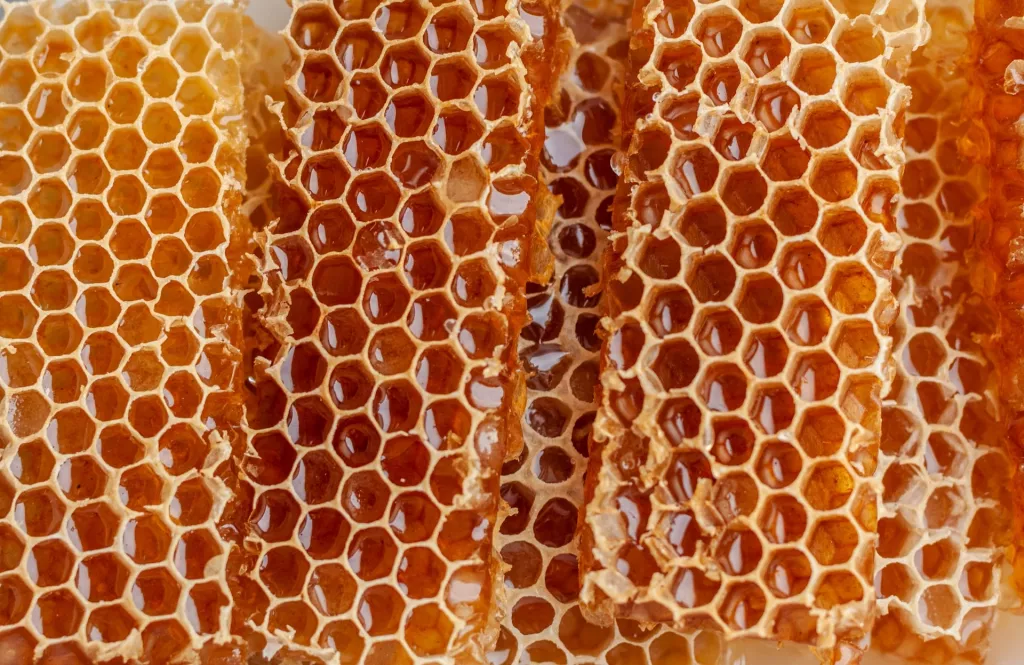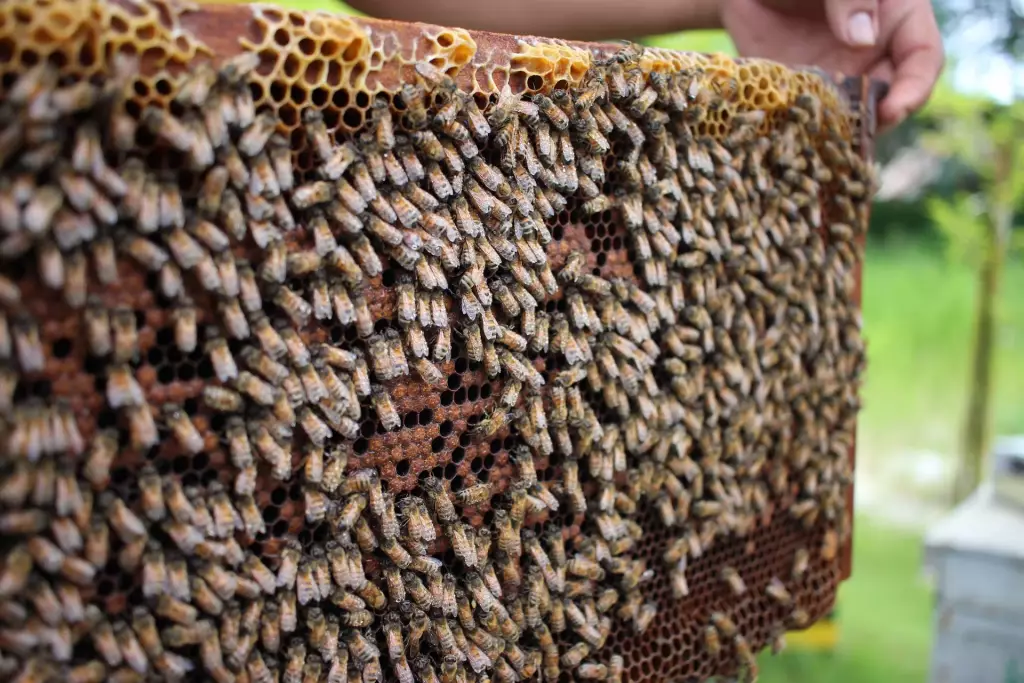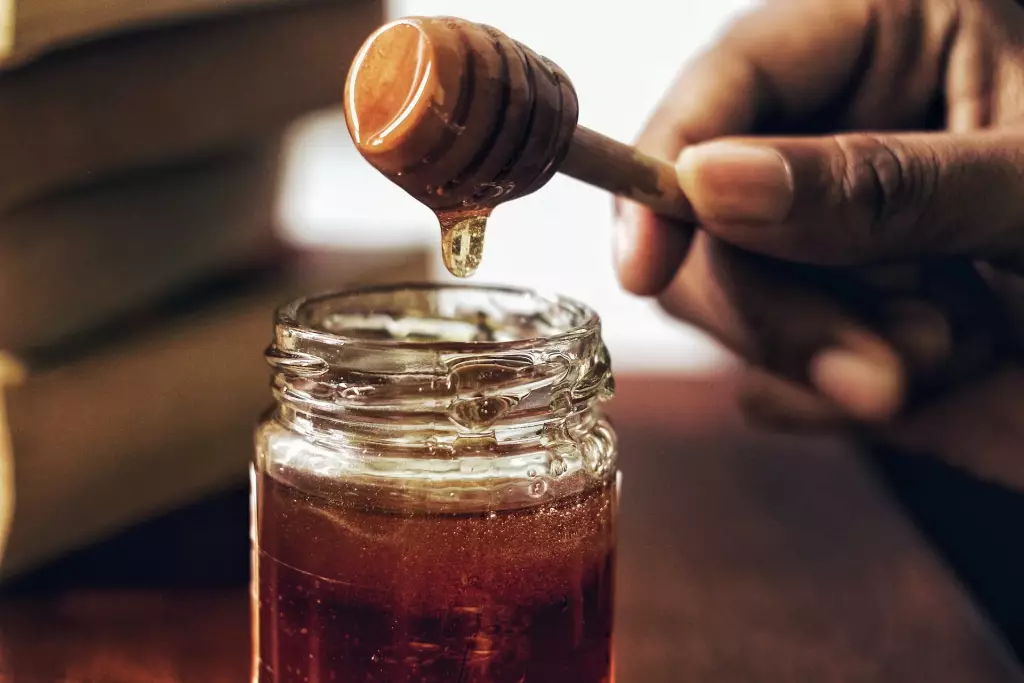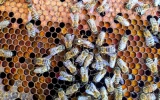Can We Make Honey Without Bees? (Artificial vs. Natural Honey)
What's the buzz around natural honey and synthetic honey? Can we make honey without bees? Find out more about this exciting new development here!
The closest synthetic product to honey is a mixture of corn syrup and flavoring. It would take gallons of nectar, and a complex mix of enzymes from both the local flora and the honeybees, to replicate perfectly. Currently, only bees have the patience, knowledge, and numbers to collect it.
The hunt for the perfect synthetic honey has yet to yield results. While there are plenty of exciting developments, our journey to creating a perfect replica of honey has only just bee-gun! Find out more about the demand for artificial honey and its role in helping honeybees survive in this article.
Summary
- Natural honey is made by bees, processed in their stomachs by a collection of enzymes and preserved in the comb. Synthetic honey is made out of sugary syrup and flavoring.
- Other substitutes for honey include blackstrap molasses, maple syrup, brown rice syrup, and date syrup.
- Research and development into synthetically made bee honey is still underway.

On this page:
How Do Bees Make Honey?
The honeymaking process begins when forager bees gather pollen and nectar from nearby flowers. They fly their loot home in their honey sac, adding a variety of enzymes to the collection. This breaks down the sugars into sucrose and fructose. When they return, this nectar is shared with other bees and these other bees add more enzymes to the mix as well. They will continue to pass it along the worker bees in the colony until it's reached a certain consistency. From here, the honey is stored into honeycombs, dried out, and sealed with wax.
There are honey substitutes and diluted honey products like maple syrup, blackstrap molasses, barley malt syrup, brown rice syrup, and date syrup. However, we do not yet fully understand the special enzymes bees use to make real honey.
A US start up, MeliBio, appears to have been successful in creating natural honey without honeybees. Their product is slated to hit the market once their patent is approved.
What's the Difference Between Natural and Synthetic Honey?
| Natural (Raw) Honey | Synthetic Honey | |
|---|---|---|
| Process | Made by enzymes formed in the bees' honey stomachs until the complex sugars in the nectar are broken down into simple sugars | Extensively processed, heated to high temperatures, diluted with water, and sweetened with additives |
| Taste | Has a complex flavor created from the various flowers and herbs that the honeybee visited for pollen and nectar | Tastes sweet and may have a mild, honey-like aftertaste |
| Presentation | Will contain bits of pollen wax, royal jelly, and propolis | Clear syrup that may not have a viscous texture. Usually does not have a defining scent |
Most of the honey substitutes on the market are great at imitating the texture of natural honey, but it's limited in its capability to capture flavor. It's sweet, but can't capture the full set of flavors that you get when you buy honey that bees make from pollinated flora.
In addition, the extra processing and additives used to simulate the flavor of honey in synthetic products reduce the health benefits that come with natural honey.

Do We NEED to Make Honey Without Bees?
Yes. Plenty of environmental activists believe that artificial honey can help lessen the burden of honey production on honeybees. With more than 20,000 different species, bees are known as the most important group of insect pollinators on earth, contributing to the growth of around 85 percent of cultivated crops.
However, only seven species out of the 20,000 are capable of producing enough excess honey for human consumption. This has incentivized beekeepers to focus almost exclusively on honeybees to maximize their profits. As a result, honeybees are being manipulated unsustainably to provide honey and pollinate local flora. Examples include artificially inseminating bees, the widespread use of chemical pesticides, and habitat destruction caused by a growing human population and climate change.
On the flip side of the coin, there is also an increased demand for honey as people are becoming more conscious of their health. Honey is a healthier alternative to mainstream sweeteners like sugar. The gap between the demand for honey and the supply of healthy bees widens.
Honey substitutes and diluted honey products like maple syrup, blackstrap molasses, barley malt syrup, brown rice syrup, and date syrup are available. However, there remains a strong market for honey aficionados who want to enjoy the flavor, texture, and health benefits of raw honey without endangering the bees or compromising their own health.
Synthetic honey gives bees an opportunity to thrive in their natural habitat without the intervention of unscrupulous beekeepers, while satisfying a growing demand for healthy alternatives.
Is Creating Synthetic Honey Ethical?
Beekeepers, especially hobbyists or small-business apiarists, may find themselves struggling to price their products adequately when faced with the multitude of honey alternatives on the market. In many cases, the end consumer is unaware of how their honey has already been diluted or tampered with, leading them to believe that they are paying a fair price for raw and organic honey. However, the reality is that they are very likely consuming fake or adulterated honey products. This isn't just a money issue, but a health issue as well.
On a larger perspective, the aptly-named "honey laundering" scheme is a serious issue. Honey was found to be the third-most faked food product in the world. And with roughly 400 million pounds of it being used to process our food every year, it's clear that there is a demand for ethically sourced synthetic honey.

How to Check Store-Bought Honey
Check Regional Honey Purity Laws
In the US, Florida is the only state with explicit regulations on honey purity. It requires honey both manufactured and sold within the state to display all additives. Any other substances sold under a different label, like "honey blends" or "honey products," do not need to comply with this law.
The US Food and Drug Administration has a comprehensive guide on the proper labeling of honey and honey products that could be helpful for both beekeepers and consumers.
Honey purchased at a farmers' market or from a local beekeeper is more likely to be pure. Honeycombs are also more likely to be pure because they are taken straight from the beehive.
Look at the Description and List of Ingredients
Pure honey will only have one ingredient on the list: honey. However, it is possible for manufacturers to intentionally leave out other additives or added flavors. While it's always important to develop a habit of checking the label, it may not always have a clear guarantee of what you're getting when you purchase a product. They're more a set of guidelines than established rules because they just point you in the general direction you want to go. One of the best ways to get real, unfiltered honey is to purchase it directly from local beekeepers and apiaries.
Alternatively, you could also look for the terms "raw" and "organic" on the label. Raw honey has not been heated to the point of pasteurization, unlike "pure" honey, so all the enzymes, minerals, and nutrients that went into making it are preserved. As a result, you get the full benefits of natural honey. "Organic" honey is reassurance that it was produced using pollen from organically grown plants and that the beekeepers did not use chemicals to treat the bees. This can be a tall order for beekeepers because they would have to ensure that all flowers within a 2-mile radius of their apiary is certified organic before they can use the label.
Honeycomb is the most reliable way to buy natural honey. It cannot be filtered, combined, or processed in any other way, because the honey is still in the cell walls.
Conduct a Taste Test
If you love honey just as much as you love honeybees, then your palate can be a reliable way to determine whether a honey product has been diluted or mixed with additives. You can ask for a sample or partake in one that's being offered; otherwise, try purchasing smaller jars first so you can compare one brand to another.
However, keep in mind that this isn't a foolproof way of testing honey. The taste of honey can vary depending on the flora bees used to create it. The same beehive may even produce honey that tastes different from one year to another, especially if the worker bees collected nectar from different sources.
